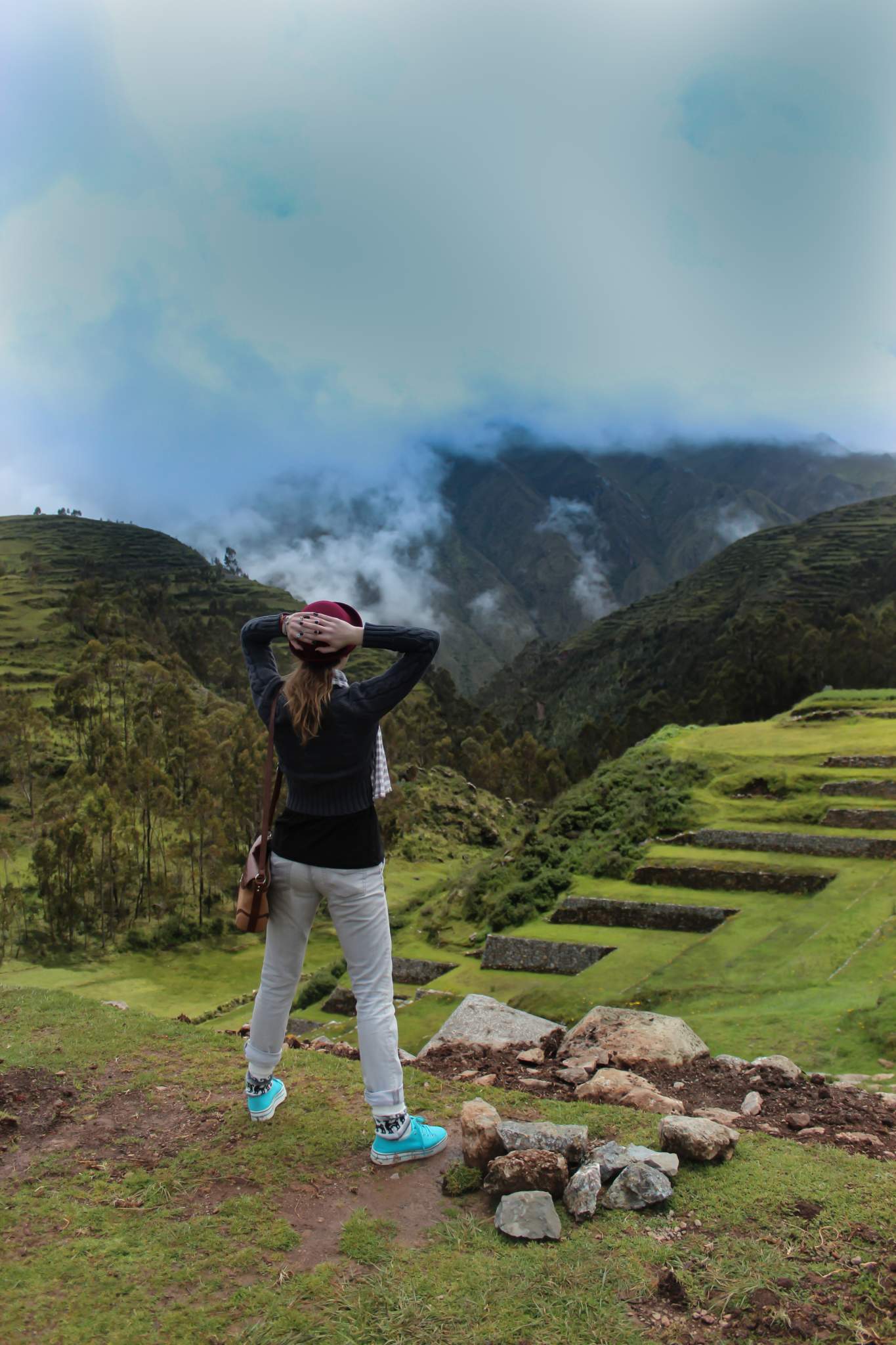
Top Inca Sights in Sacred Valley, Peru
Sacred Valley is the ultimate travel destination for every traveller , whether you love nature or history ,don’t miss these top sights in Sacred Valley . Peru, meaning ‘land of abundance’ in the Quechua Indian language, is a truly divine and magical place to travel to. Peru is home to a wide range of landscapes and climates, from the Pacific coast, to the Andes mountain range and Amazon rainforest.
Best things to see in Sacred Valley, Peru
Furthermore, it is considered one of five birthplaces of civilisation, with human history dating back thousands of years. Now, thanks to its unique blend of gorgeous scenery and a history as intricately woven as the bright Quechuan fabrics, Peru’s Sacred Valley is a top tourist destination.
Cusco City
The base for Sacred Valley travel
Cusco City, once the capital of the Incan Empire, is now one of the most travelled to destinations in Peru. It is popular for being a young and vibey city to explore and more importantly, it is the base from which tourists can visit the various Inca ruins in the Sacred Valley. Being roughly 3400 meters above sea-level, Cusco serves yet another vital purpose, that is giving tourists time to acclimatise before continuing up to the ruins or further into the Andes.
One vital thing every tourist must do whilst in Cusco City, is organise their Boleto Turistico. This is a sort of ‘all access pass’ to most of the popular ruins, museums and monuments in Peru’s Sacred Valley. The only major sites not included in this ticket are the Maras Salt Mines and Machu Picchu – those you will need to pay entrance for when you go there. The Boleto Turistico costs $38 for adults and is available for purchase at the COSITUC office on Avenida El Sol 103 in Cusco. Be sure to take your ID or passport, as well as the money needed in cash.
Sacsayhuaman
Hilariously, this ancient ruin name can be best pronounced by saying ‘sexy woman’, and roughly means “the place where the hawk is satiated”. Once an Incan fortress, this UNESCO World Heritage Site is renowned for its elephant grey stones perfectly slotted together to form a labyrinth of walls and structures. This site serves as a great introduction into the astonishing architectural prowess of the Incas and the other ruins you will explore in Peru. The geometrically carved stones, some several meters tall, were all moved and put together using manpower alone! It’s not only only one of the top sights of Sacred Valley , but one of the most magnificent archeological sights in the world .Read more on visiting Sacsayhuaman
here .
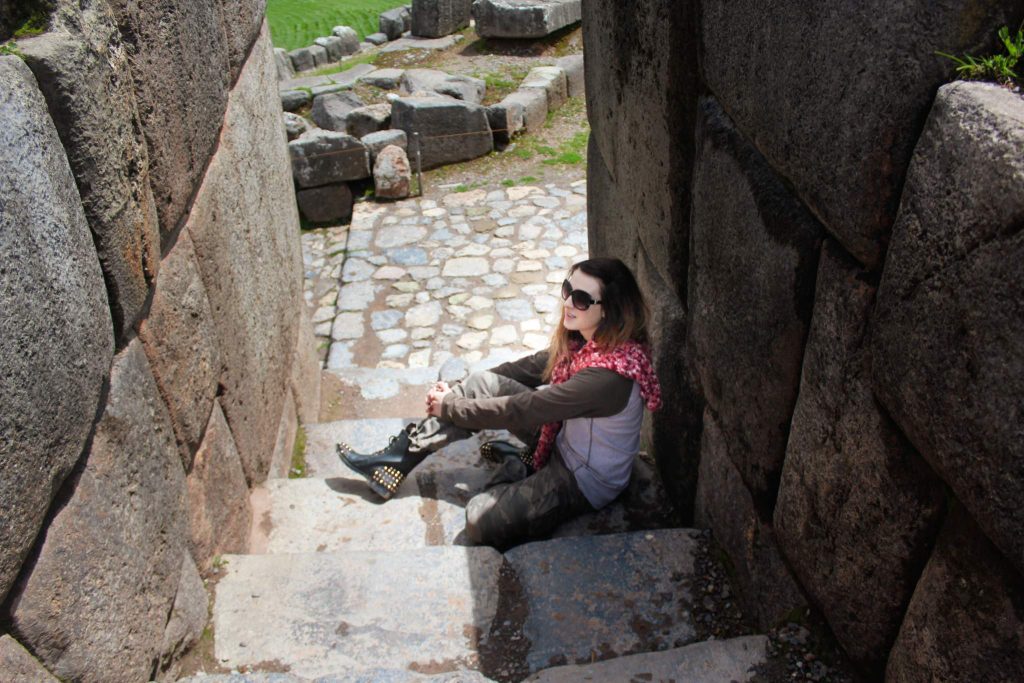
This sight is considered to be “the outskirts” of Cusco .To get you can easily take a bus or taxi, however if you are relatively fit, I urge you to take the 45 minute hike up to the ruins. Hiking is one of the best ways to get to most of the Sacred Valley attractions. Apart from being the most affordable way to get to the ruins, you get the added bonus of taking in the extra sites, sounds and experiences along the way. If you do decide to walk up to Sacsayhuamán, or indeed any of the sites around Cusco, be sure you know where you are going (take a map); wear the correct shoes, and take plenty of water.
Pisac Market
Situated in the valley between two green and sloping mountains is the small town of Pisac . Pisac offers tourists a more realistic and happy glimpse into Peruvian life. The cobblestone streets overflow with colorful and vibrant activities.
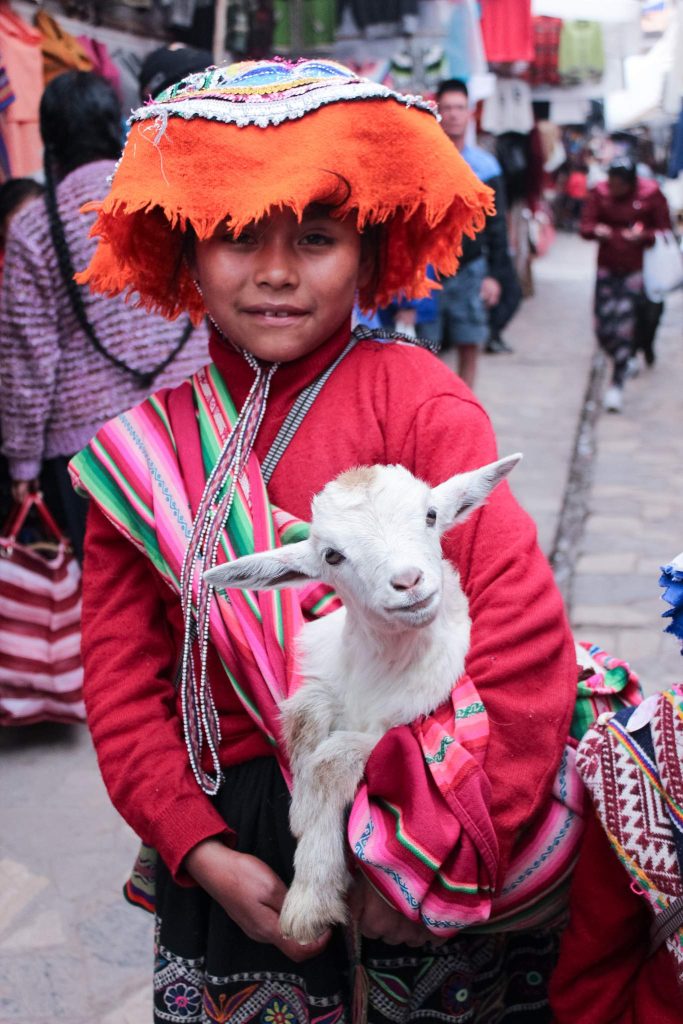
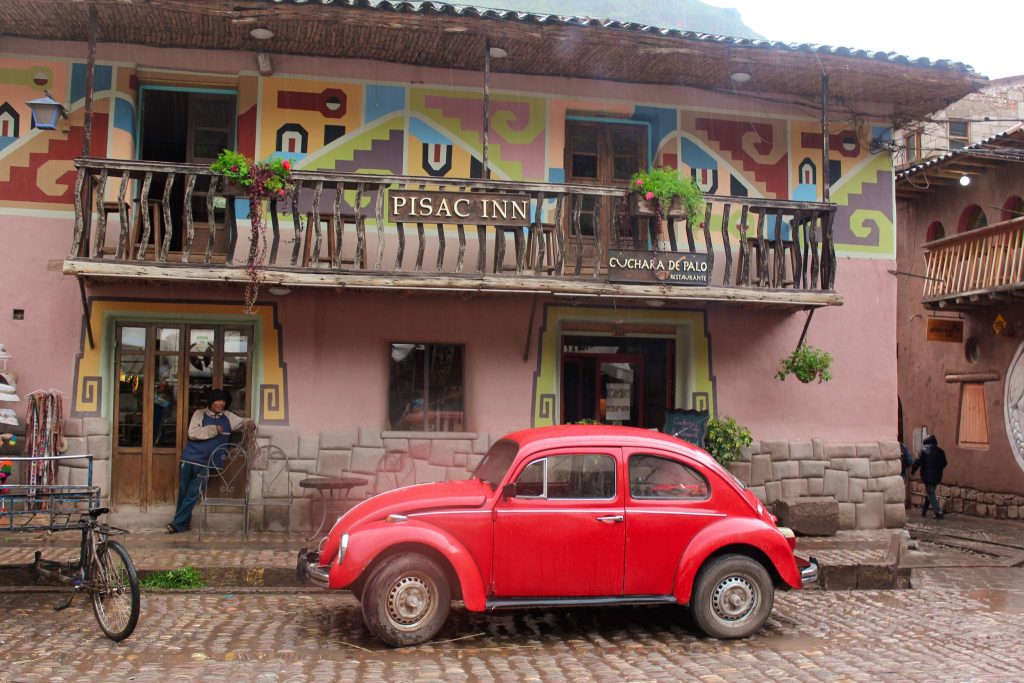
Pisac boasts the largest market in the valley, which opens up on a Sunday and takes over most of Pisac’s streets. Tourists can expect to get a great deal of their souvenir and gift shopping done here. Locals sell a wide range of hand made crafts, from woven fabrics and baskets to beaded accessories and everything in between! If you start to feel a little snackish, weave your way toward the centre of the market where you will find all manner of street foods to sample.
Pisacis only about 45 minutes from Cusco City so I suggest flagging down a taxi or collectivo to get there.
Pisac Ruins
High above the city of Pisac sit the Pisac Ruins. One of the most popular sights in Sacred Valley. It’s easy to think of the agricultural terraces as steps up to the remains of this once mighty military outpost, however, I can’t stop imagining it in its heyday. Just think of the Incas standing atop the mountain, looking down at their abundant crops saturating the landscapes in green and gold. The name comes from the word Pisaca, which is said to refer to a bird and the terraces, which radiate outward, are meant to represent the wings of a bird.
Amongst the pink granite structures, you will find the remains of a sun temple, water features and what are thought to be ceremonial altars. The Pisac site also holds the largest known Incan ceremony.
There are regular taxis and buses shipping tourists to and from the Pisac Ruins, but the most cost effective method of getting there is to hike. It is not what I would call a beginners trail but not overly difficult either. It is not a long walk and the scenic views prove well worth the effort!
Tambomachay Ruins
Like many of the ruins in Peru, Tambomachay is a place shrouded in mystery. Apart from agriculture, no one is really sure of what its purpose was. Tambomachay was built in the 15th century and boasts 12 terraces once used to grow crops. Historians and archeologists suspect that the Incas were experimenting with their crops as some of the terraces replicate a number of different microclimates.
There is so much to take in at this set of ruins. Stand in the lowest point at the bottom of the terraces and take in all the sites and sounds. There is something so appealing about the jagged manmade steps surrounded by rough, organic mountain side. The sound of gurgling water can be heard throughout the ruins thanks to the intricate system of water channels. The Incas paid tribute to their gods and nature using a unique water feature. It starts by splitting the water channel into two and then into four, before combining all streams back into one again. Historians believe that the two streams represent Heaven and Earth. The subsequent four symbolise the elements, while the pool where all streams are united was probably used for rituals.
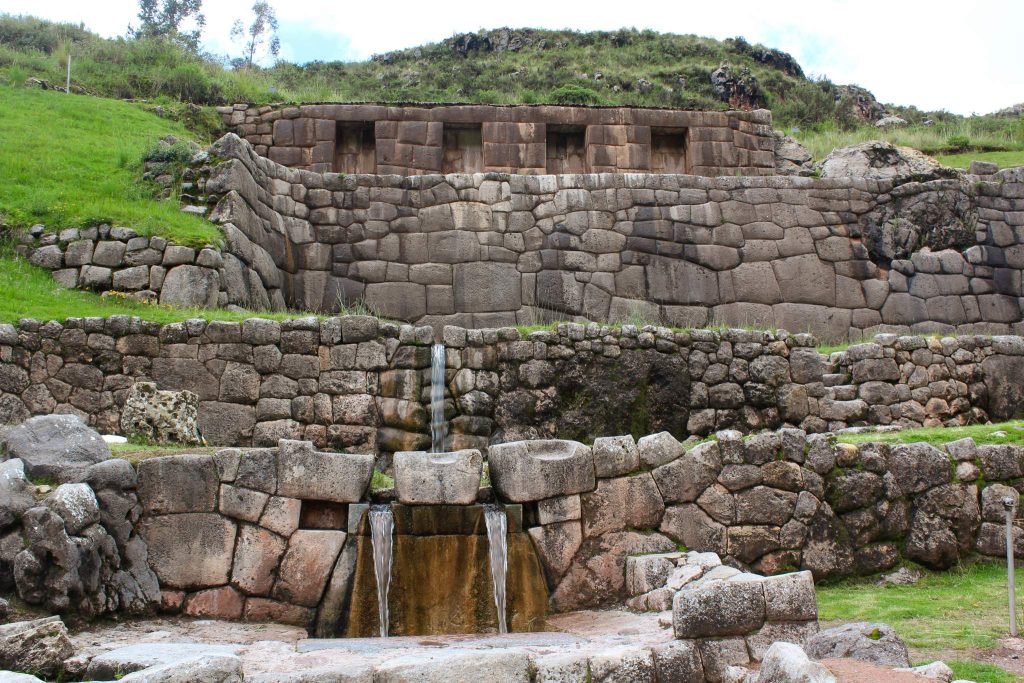
The beauty about Tambomachay is that it is very rarely crowded. Take a taxi from Cusco and arrange for them to wait for you and take you back again. It will cost you a little extra but it is far easier than getting dropped off there and then having to try and flag down another taxi (of which there are few up there) to take you home again. If you aren’t in a rush and are looking to soak up some more greenery, you can take a collectivo to the nearest drop off point and enjoy a 5km hike to the ruins.
Ollantaytambo Fortress
One of the overlooked sights of Sacred Valley
Originally built for religious purposes, the Ollantaytambo structures were once the royal estate of Emperor Pachacuti. Later, it became the unbeatable fortress of the Incan resistance during the Spanish conquest of Peru. During the battle against the Spanish conquistadors, the Incas used the thick, steep walls and the forts position high up on the mountainside to their advantage. They even managed to flood the plain in front of the fortress, successfully driving the Spanish soldiers back. Ollantaytambo Fortress is not among the top sights in Sacred Valley, but rather a basecamp for a Machu Picchu trip .
The ruins themselves are made up of four major parts: the town, Temple Hill, a ceremonial hill and the farmlands. The top of Cerro Bandolista hill is known as ‘The Fortress’, however it was actually used for religious practice. The large blocks used to construct Ollantaytambo are said to have been carved out of the onsite quarries and put together using the same architectural logic and manpower the Incas are so well known for.
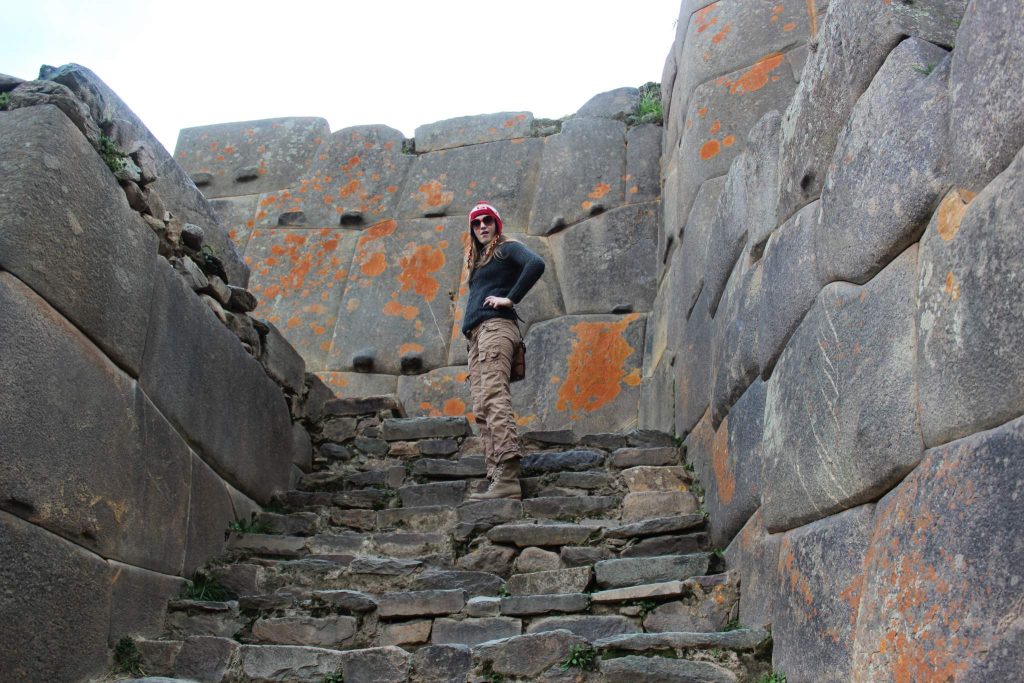
Some must see features within these ruins include the Bath of the Princess, gorgeously crafted out of granite; the Six Monoliths, a collection of six massive stones further proving the incredible power of the Incas workforce; and the Temple of the Sun, which the Incas used as a sort of calendar to predict solstices and harvest times.
To get to Ollantaytambo, you can hop in a collectivo from Calle Garu. You can also go by train as there are many trains bound for Machu Picchu which make a stop near Ollantaytambo. Otherwise, organise a spot on a tour bus and go for the day from Cusco City which is only about 70km away. You will find all you need to know for your Ollantaytambo here .
Maras Salt Mines (Salinas de Maras)
People have been harvesting salt from the Maras Salt Mines since before the Incas. The layout is thought to have been first set up by the Wari people who existed from about 500 to 1000 AD.
Today, these salt mines are still extracted using traditional techniques with no help from modern machinery or tech. The salt comes from natural spring water travelling down the mountain. The water is channelled into a series of rectangular ponds where the water slowly evaporates and salt can be harvested. So much salt has built up over the years, it looks as though it has snowed on the mountain side!
The salt drawn from these waters is said to be some of the best in the world and can be bought from any local shop or road-side stall in the vicinity.
Maras Salt Mines are about 50km North East from Cusco and can be reached by taxi or collectivo. If you decide to stay in the town of Maras you can easily hike up to the site. Feeling a little more adventurous? Consider horseback riding or mountain biking up to the salt mines.
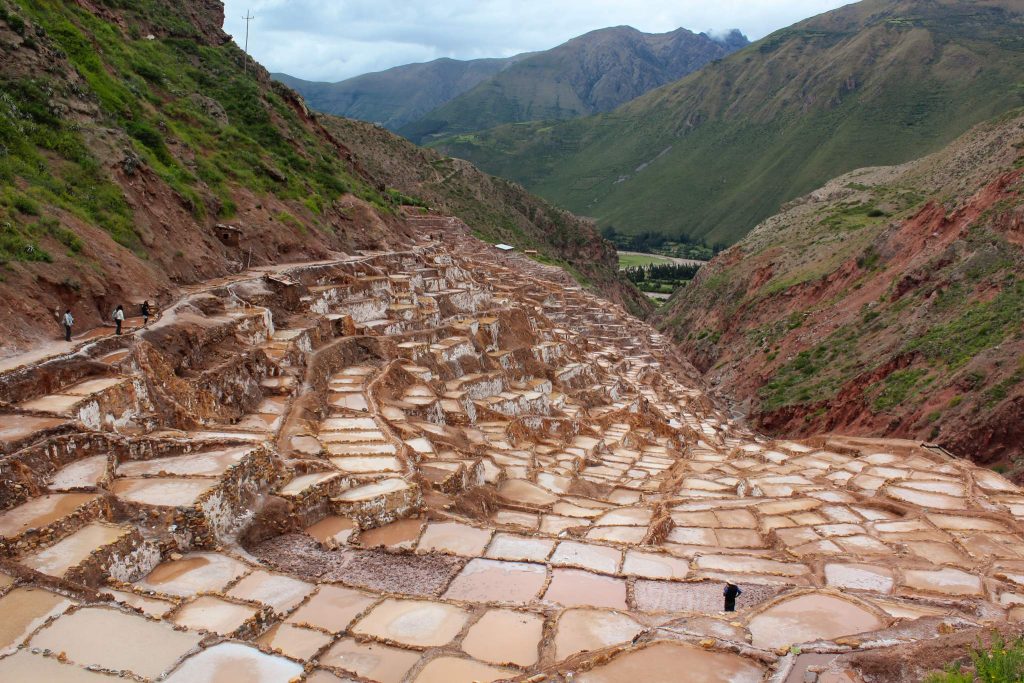
Moray
These circular ruins are said to be part of yet another Incan agricultural experiment .Upon testing, archeologists found that the soil in some rings come from different regions quite far away. This site offers gorgeous vistas of ripe green grass coating the perfect symmetry of the terraces layout.
My suggestion is to book yourself onto a tour bus and visit Moray in conjunction with other nearby sites, like the Salt Mines, you can visit two sights in Sacred Valley in one day !
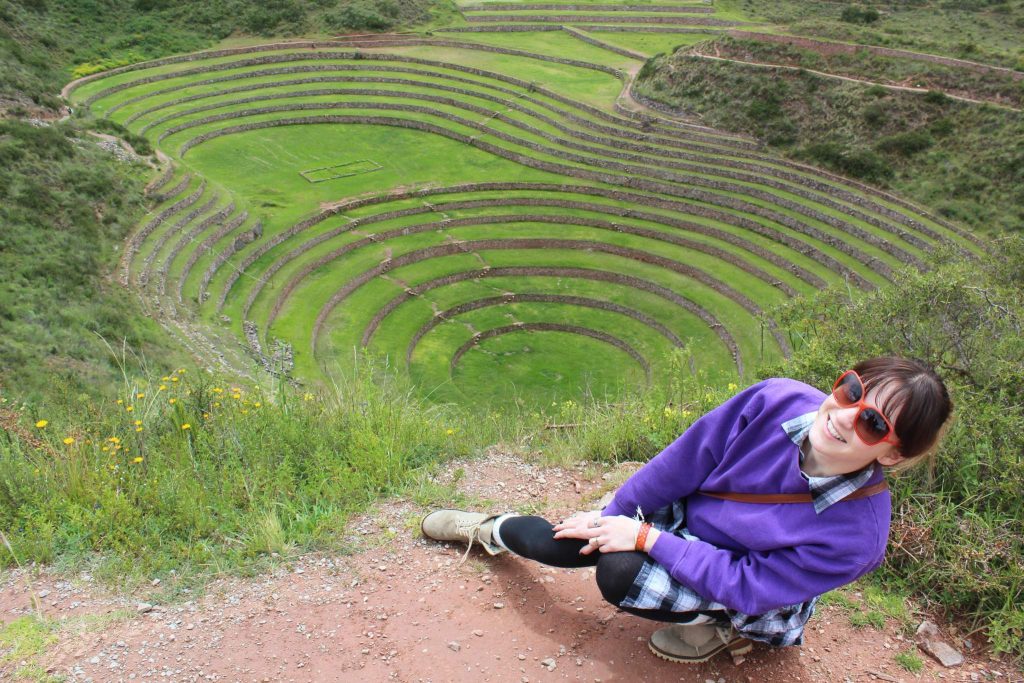
Machu Picchu
Last but certainly not least: Machu Picchu. You simply cannot visit the Sacred Valley, or even just Peru, without making your way out to this unbelievable feat of Inca architecture. It is an Inca citadel built in the 15th century, most likely for Emperor Pachacuti. After the Incas left, it went undiscovered for five centuries before being found by Western explorers. Machu Picchu is the reason people travel to Peru!
The rock walls and rolling green lawns crown the top of an eastern slope of the Andes mountains and is truly breathtaking to behold.
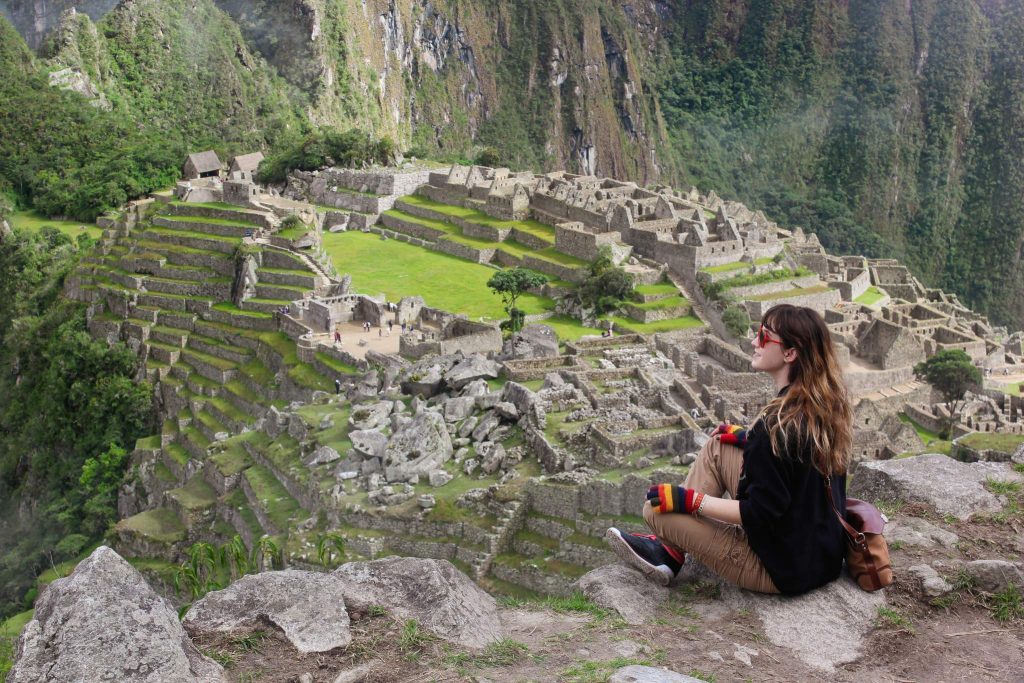
I hope this list of sights in Sacred Valley was helpful for your Peru trip .

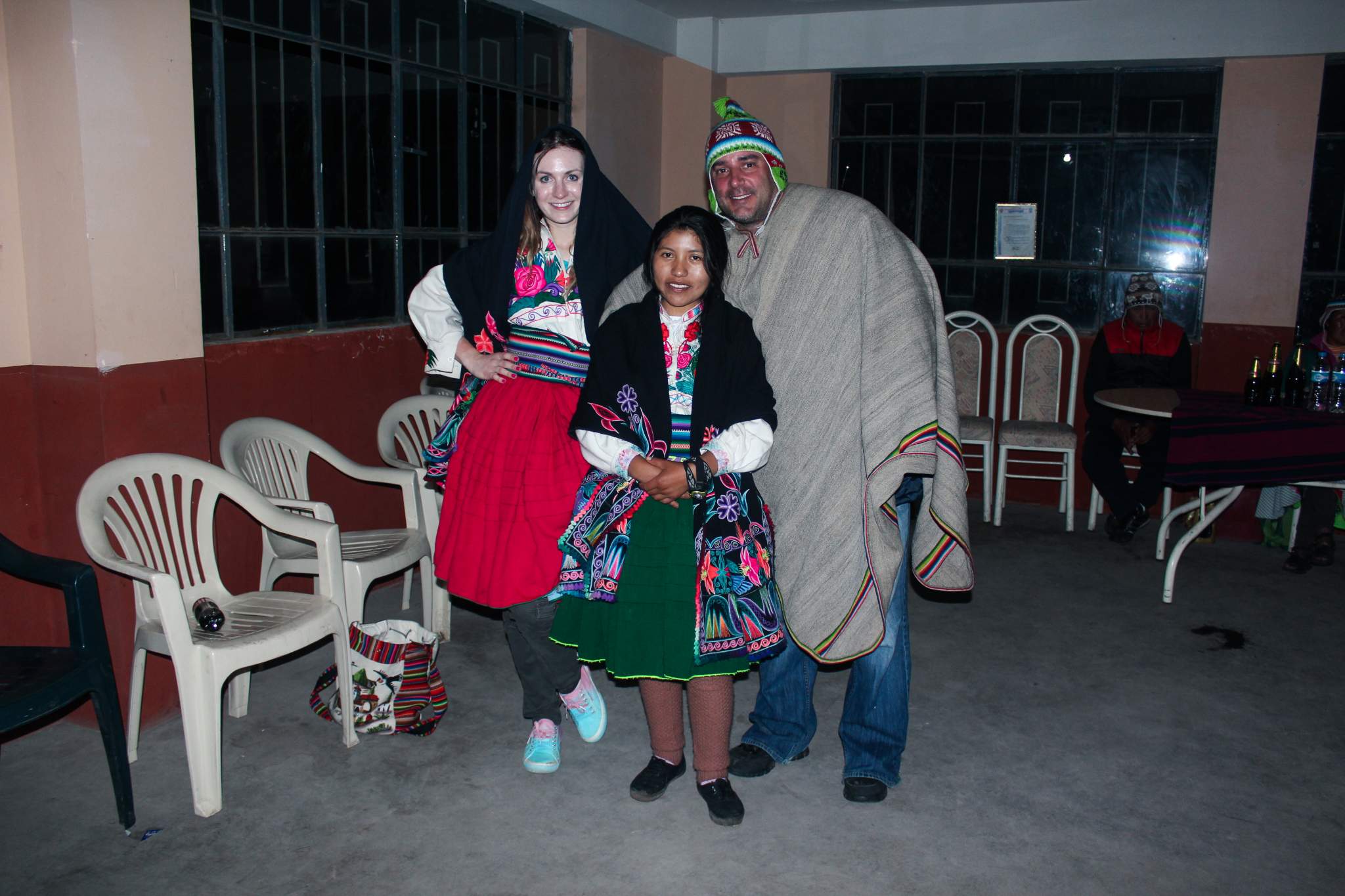
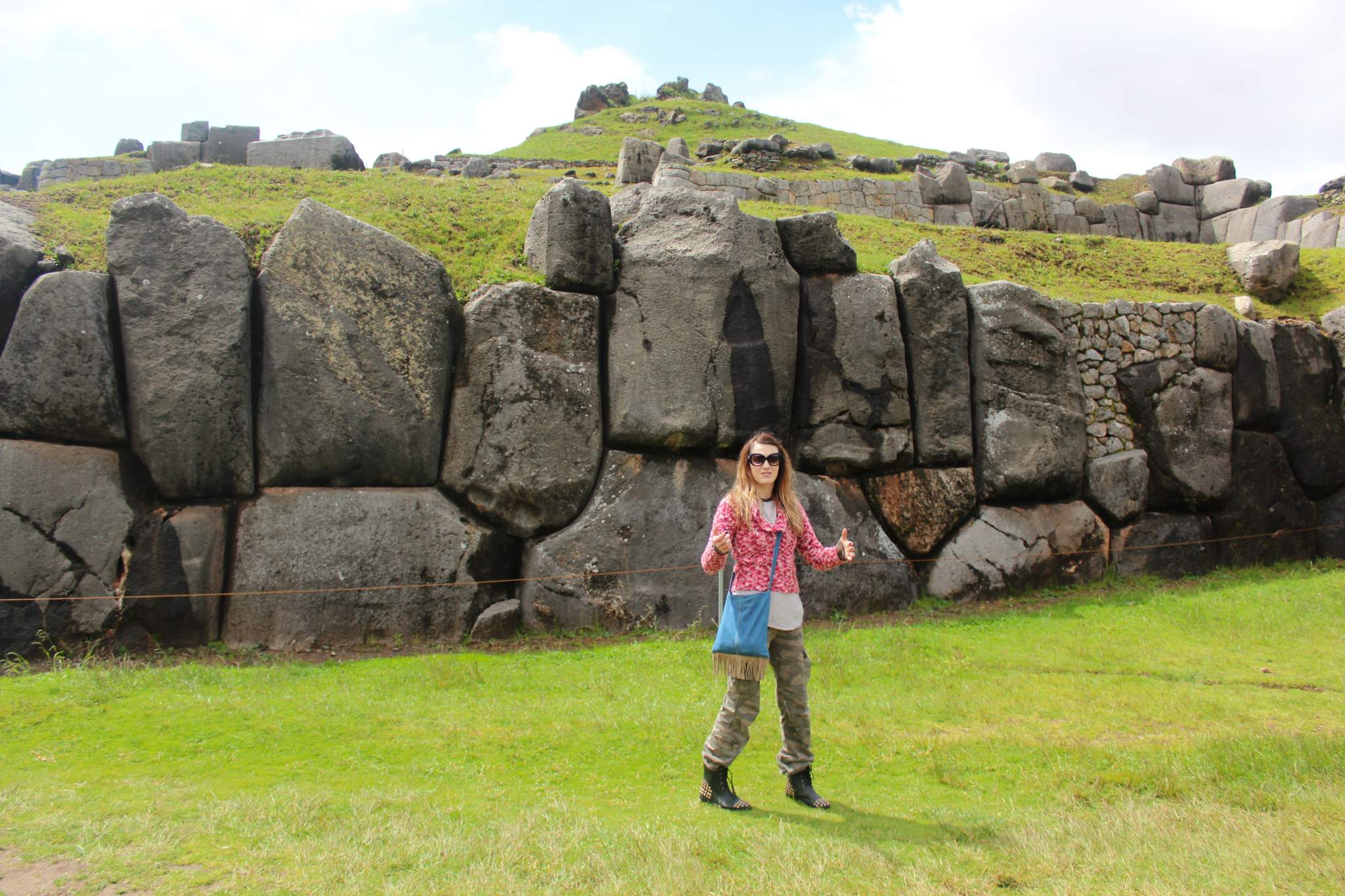
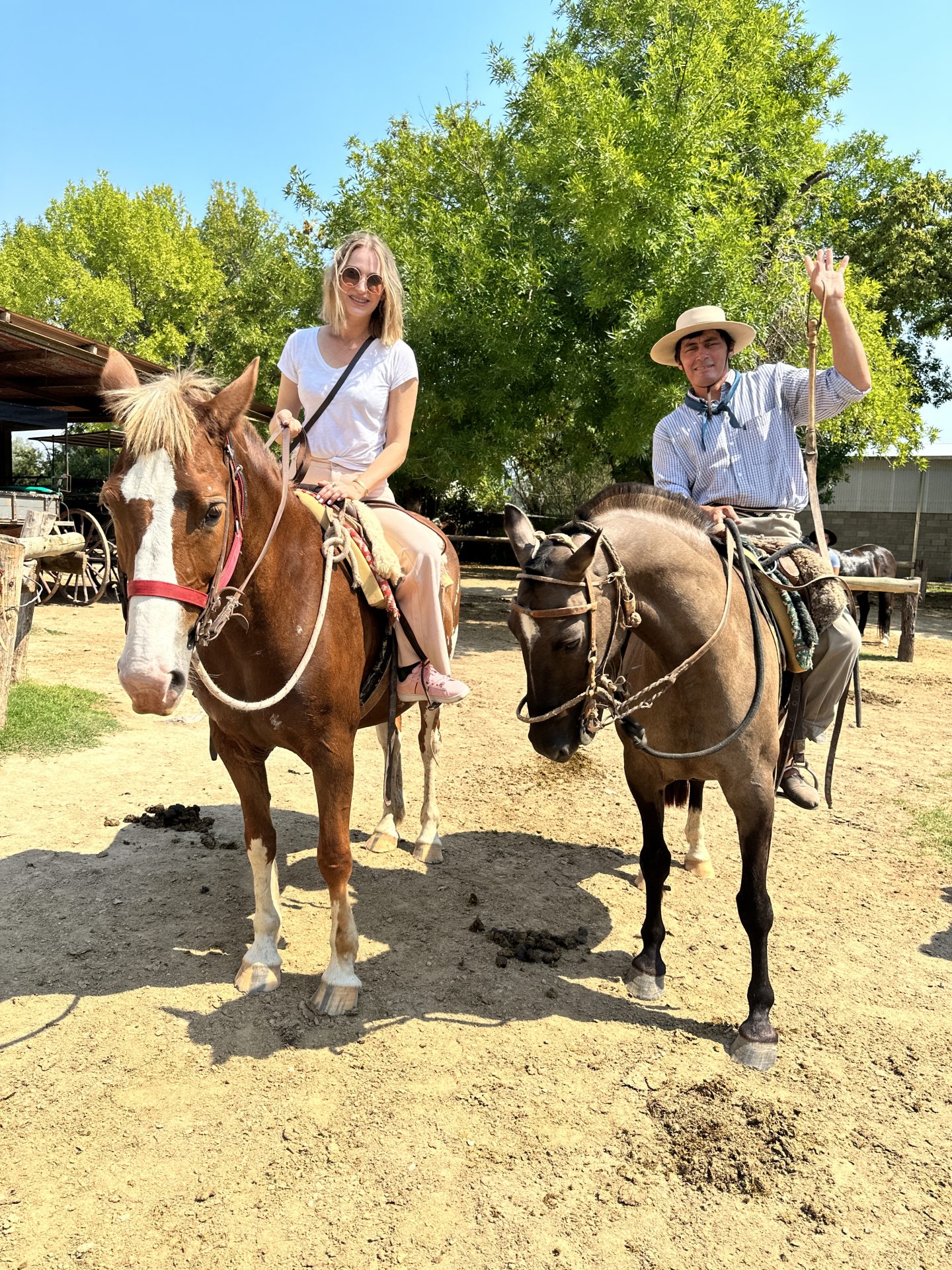
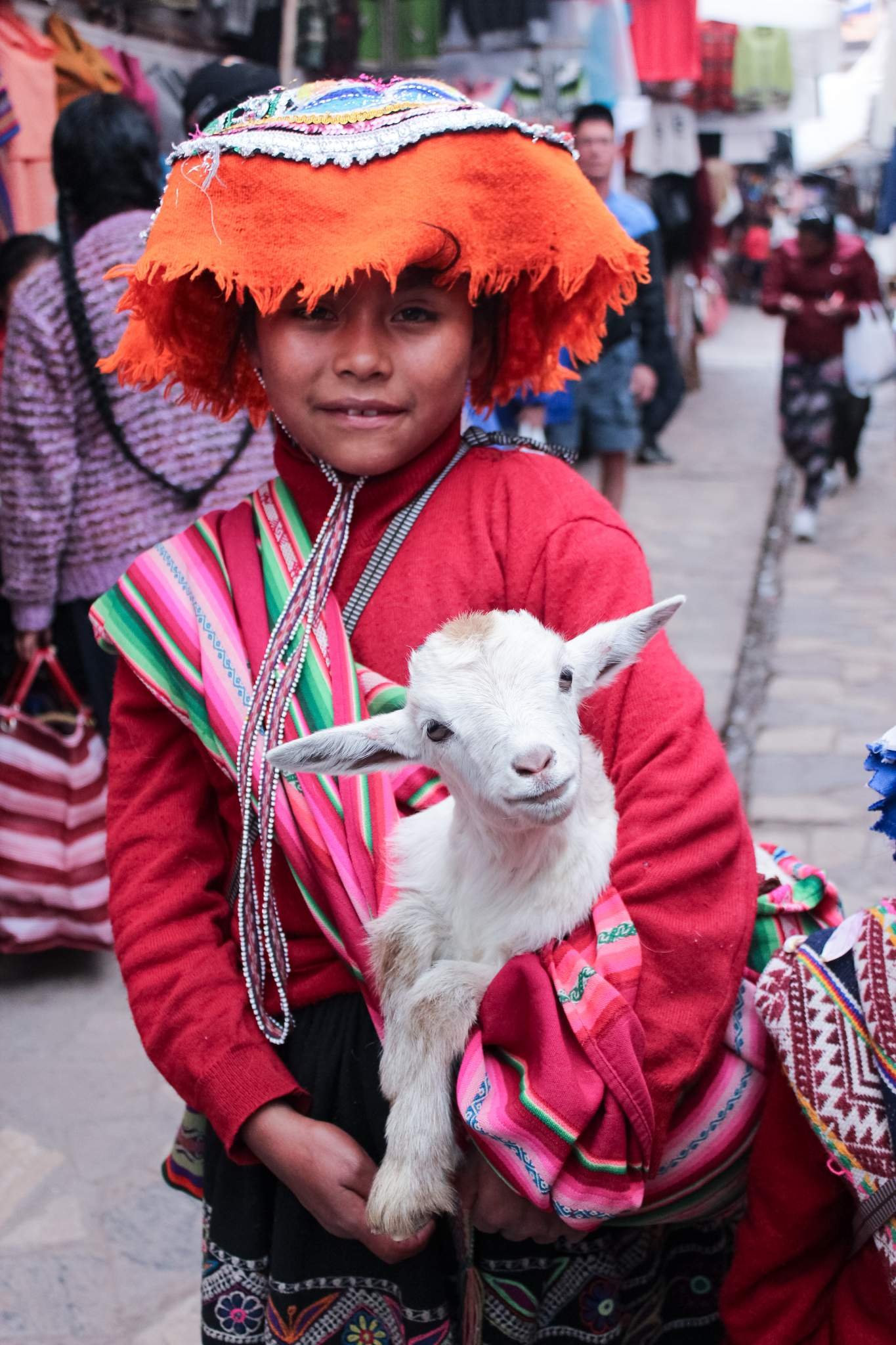
Leave a Reply